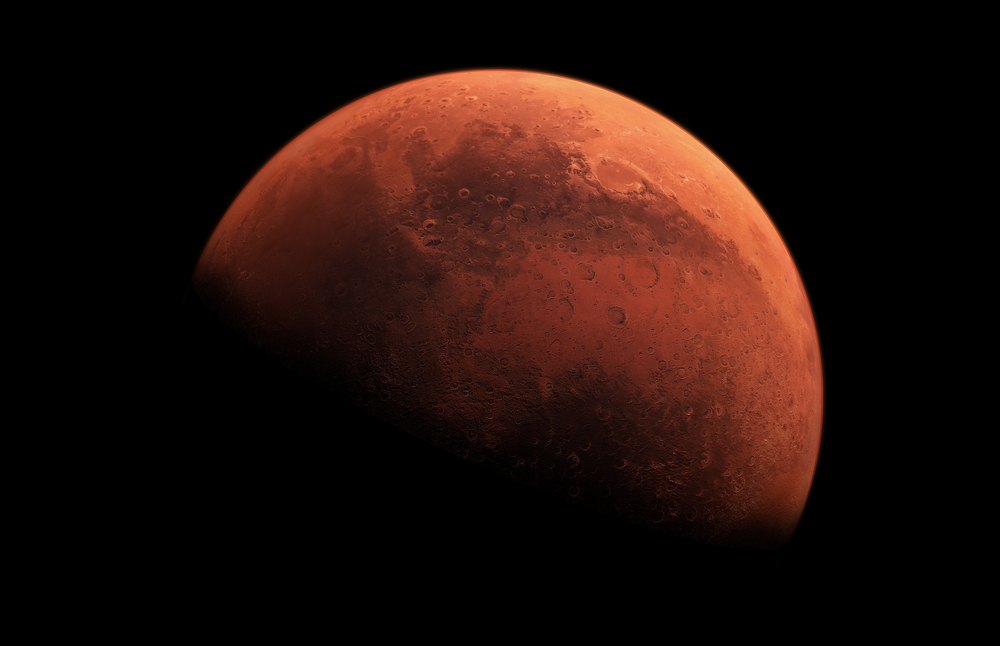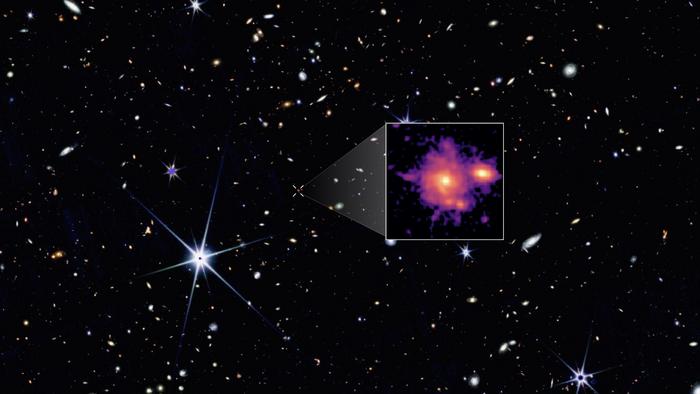Now Reading: Mars’ Liquid Core Linked to Partial Magnetic Field in Its Past
-
01
Mars’ Liquid Core Linked to Partial Magnetic Field in Its Past
Mars’ Liquid Core Linked to Partial Magnetic Field in Its Past

Swift Summary
- Mars’ magnetic field, which dissipated around 4 billion years ago, left evidence concentrated in the planet’s southern hemisphere.
- Recent research published in Geophysical Research Letters proposes that Mars’ molten liquid core generated a magnetic field restricted to its southern half.
- The Martian core is believed to be composed of iron,sulfur,and hydrogen but lacks a solid inner core like Earth’s.
- Simulations inspired by findings from NASA’s InSight lander suggest heat escaped predominantly at the planet’s southern end, creating a hemispheric magnetic field.
- This one-sided theory challenges previous ideas that asteroid impacts destroyed evidence of a global Martian magnetic field on its northern hemisphere.
- The collapse of Mars’ dynamo likely caused its oceans and any life forms to disappear.
Indian Opinion Analysis
The study offers meaningful insights into planetary evolution by rethinking how magnetic fields can behave depending on internal planetary structures. This new viewpoint could deepen researchers’ understanding of extraterrestrial habitability-important for ongoing efforts in space exploration led by organizations such as ISRO. For India, these findings emphasize the relevance of interplanetary studies tied to missions like Mangalyaan (Mars orbiter Mission). Insights into Mars’ liquid core might also refine models for understanding Earth’s geological behaviour or other celestial bodies with unique inner compositions. Moreover, advancing such knowledge can bolster India’s scientific outreach through collaborations with prominent institutions globally.

























